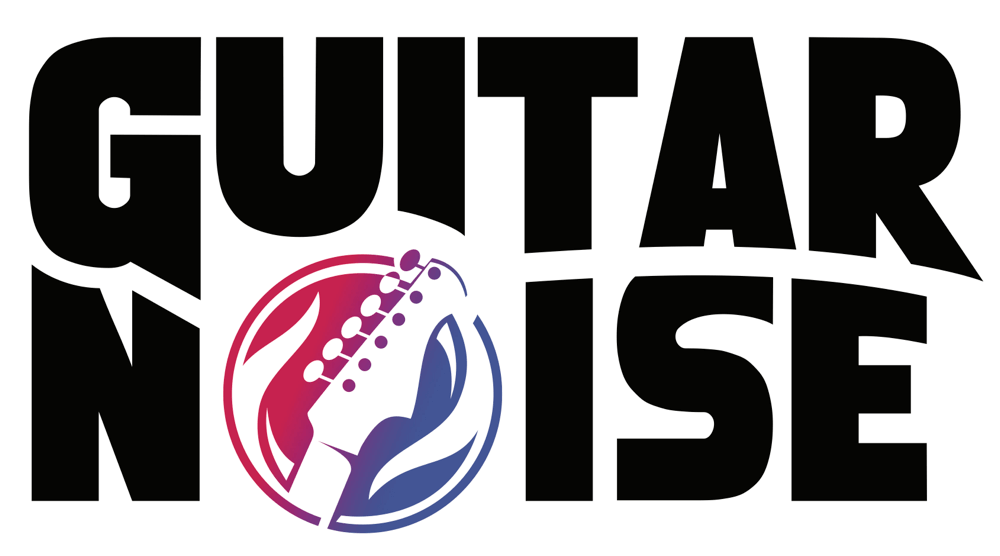How To Fix Common Guitar Practice Problems With And Without A Metronome
Using a metronome during guitar practice is very helpful but it’s also important to know when not to use it. Tom Hess explores the reasons both for using a metronome and not using a metronome when trying to improve your guitar playing.


